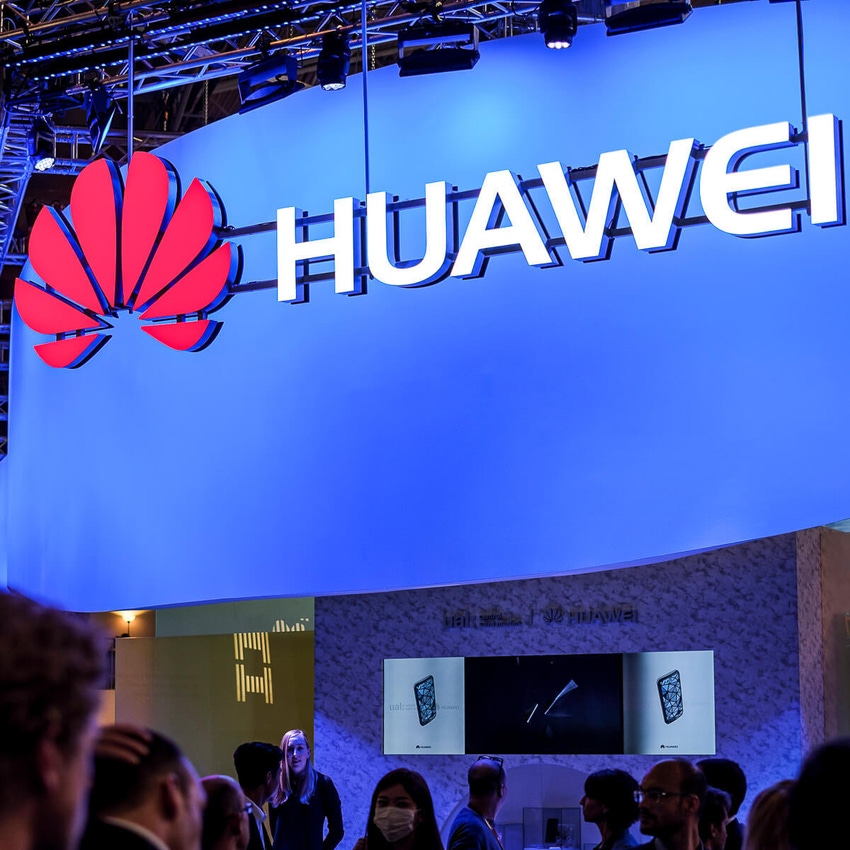
The evolution to 5.5G will require on-demand frequency allocation and much greater network intelligence, Huawei says.
Elaborating on the vendor's proposals for enhancing 5G, Gan Bin, wireless network product line vice president, said it was essential to have on-demand frequency allocation for sub-100GHz. This might even require dedicated downlink or uplink in some bands in the future, he said.
Figure 1:  Augmenting the service: Huawei's Gan Bei predicted that AR and VR would become "the most basic applications" in 5.5G.
Augmenting the service: Huawei's Gan Bei predicted that AR and VR would become "the most basic applications" in 5.5G.
(Source: Karlis Dambrans on Flickr CC 2.0)
"It is about flexible aggregation or flexible allocation of resources," he told the Huawei analysts' summit Tuesday.
Virtually there
Huawei unveiled its 5.5G plans last November, proposing to add another three new usage scenarios to the existing three scenarios, eMBB, URLL and mMTC.
Gan predicted that AR and VR would become "the most basic applications" in 5.5G, but with their large bandwidth and uplink requirements, all users would need to be able to access gigabit uplinks and downlinks. The evolution to 5.5G would also require a customized air interface and on-demand orchestration, he said. Because of the expansion in the number of diverse scenarios, the network pipes and the RAN would need to be more intelligent.
The topology also needed to be intelligent and able to be assembled dynamically to ensure a consistent experience, he said, adding that C-band and mmwave would enable much bigger bandwidth for 5.5G, "so we can use the small cells connecting to the transmission and have a mesh network and carry out routing dynamically on demand."
Massively important
Gan said massive MIMO was the fundamental technology for 5G and 5.5G: "You have to bring massive antenna array to every band and every scenario to ensure high level performance." He said FDD needed to adopt Massive MIMO solutions as TDD had. If FDD were able to combine 2.1G or 1.8GhZ wideband it would enable 700 or 800Mhz of continuous coverage. Additionally, massive MIMO could be deployed in indoor distributed sites, he said.
Want to know more about 5G? Check out our dedicated 5G content channel here on
Light Reading.
It would have the ability to turn signals across different cells into signals that can support multiple users within one cell, increasing capacity by several fold. Huawei and China Mobile jointly released a white paper on 5G indoor positioning on Tuesday, aimed at meeting "increasing demand for services related to the indoor positioning of people and objects."
The paper calls for open APIs and identifies dozens of potential scenarios including SOS alarms, geofence access management, chemical equipment positioning, tracking emergency response personnel and managing spare parts.
Related posts:
— Robert Clark, contributing editor, special to Light Reading
Read more about:
AsiaAbout the Author(s)
You May Also Like











